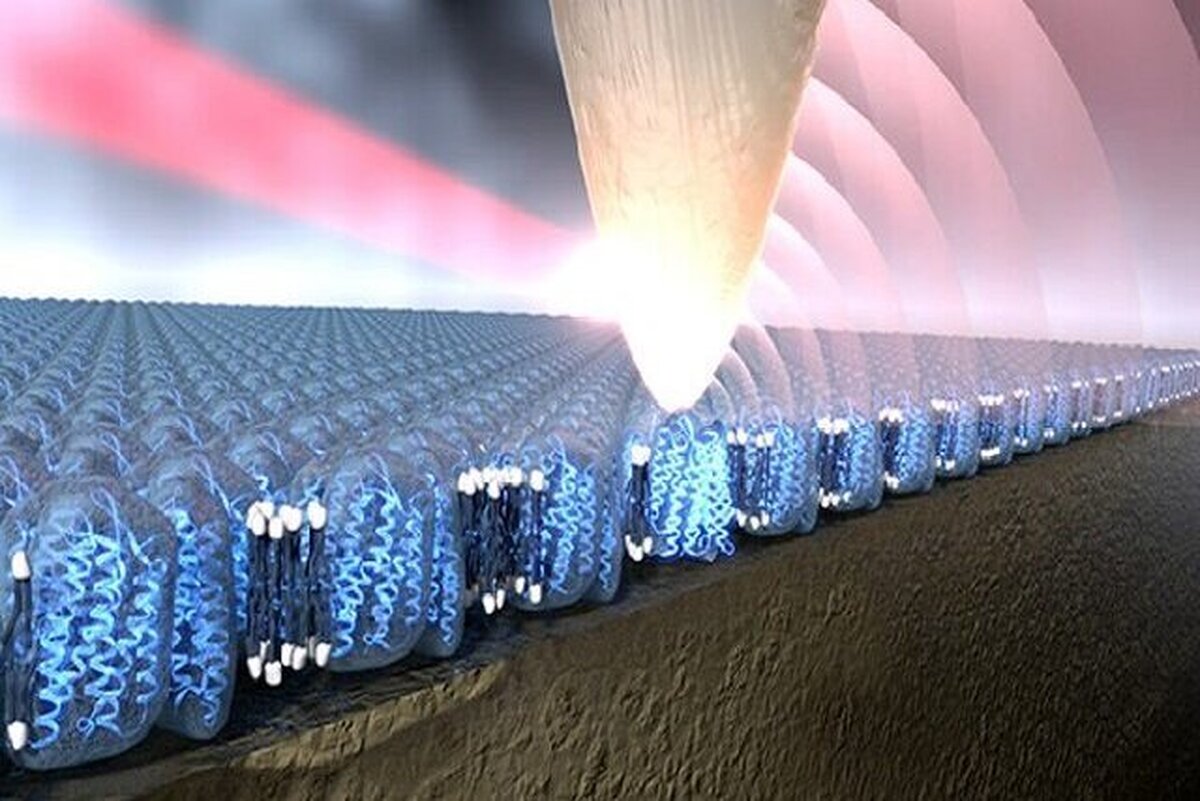Iranian-Made Contact Angle Measurement Device to Increase Production in Different Industries

Researcher at an Iranian knowledge-based company have produced and introduced to the market a device for measuring the contact angle and surface tension (contact angle hysteresis) using the sessile drop method, which is used in various fields from the synthesis of nanomaterials to the food and oil industries.
In the oil industry, the contact angle device is used to measure the effect of adding nanoparticles on the amount of surface tension, contact angle, and ultimately increasing oil extraction.
This device is designed in a way that allows the user to analyze surface tension and contact angle through an online software.
The contact angle measuring device is an important means in the field of nanotechnology, which is used as one of the methods of material surface analysis. Using the device, different surface characteristics of nanomaterials can be detected and measured.
One of the applications of the contact angle device in nanotechnology is to check the surface properties and nanocoatings. By changing the contact angle, various parameters such as minimum contact angle and surface free energy can be measured and used as important parameters in checking the properties and modifying the surface.
Surface tension is an important concept in nanotechnology and has broad applications in that field. It refers to the force that exists between two immiscible phases at their contact, such as the boundary between a liquid and a gas or between two liquids.
One of the key applications of surface tension in nanotechnology is in the identification of nanoparticles and other nanostructured materials. By measuring the surface tension between these materials and different environments, researchers can acquire important information about their surface properties and behavior. For example, surface tension changes can be used to monitor the adsorption of nanoparticles on surfaces or to study the behavior of nanoparticles in different solvents.
Another important surface tension application in nanotechnology is in the development and optimization of nanomaterial synthesis methods. For example, controlling the surface tension during the synthesis of nanoparticles can help control their size, shape, and distribution, which are critical factors for the performance of nanoparticles in their various uses.
Surface tension also plays a role in the stability of colloidal materials commonly used in many nanotechnology applications. By understanding and controlling the surface tension between the particles and the surrounding environment, researchers can optimize the stability of these colloids, which is essential for long-term use in various applications.
According to Iran Nano Development Headquarters report, surface tension has many applications in the food industry as well. One of the main applications of surface tension in food science is the study of emulsions. Emulsions are important in the production of many food products, including sauces. By controlling the surface tension between the oil and water phases in an emulsion, researchers can optimize the stability and structure of the final product.
4155/i






















